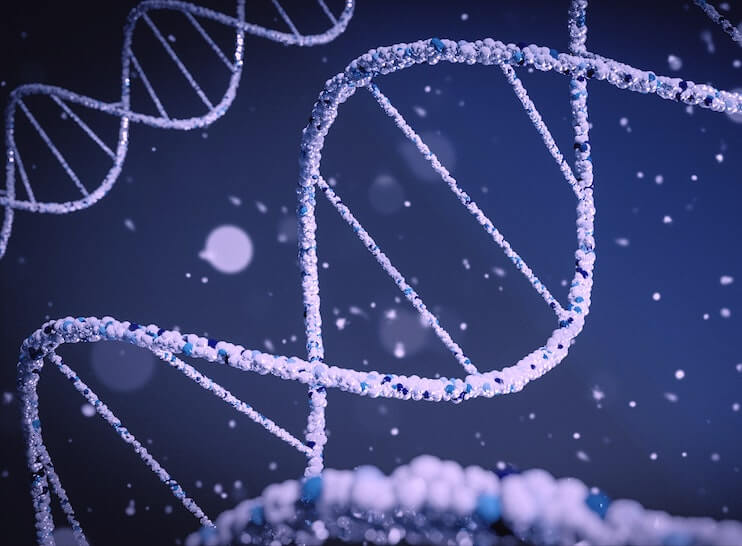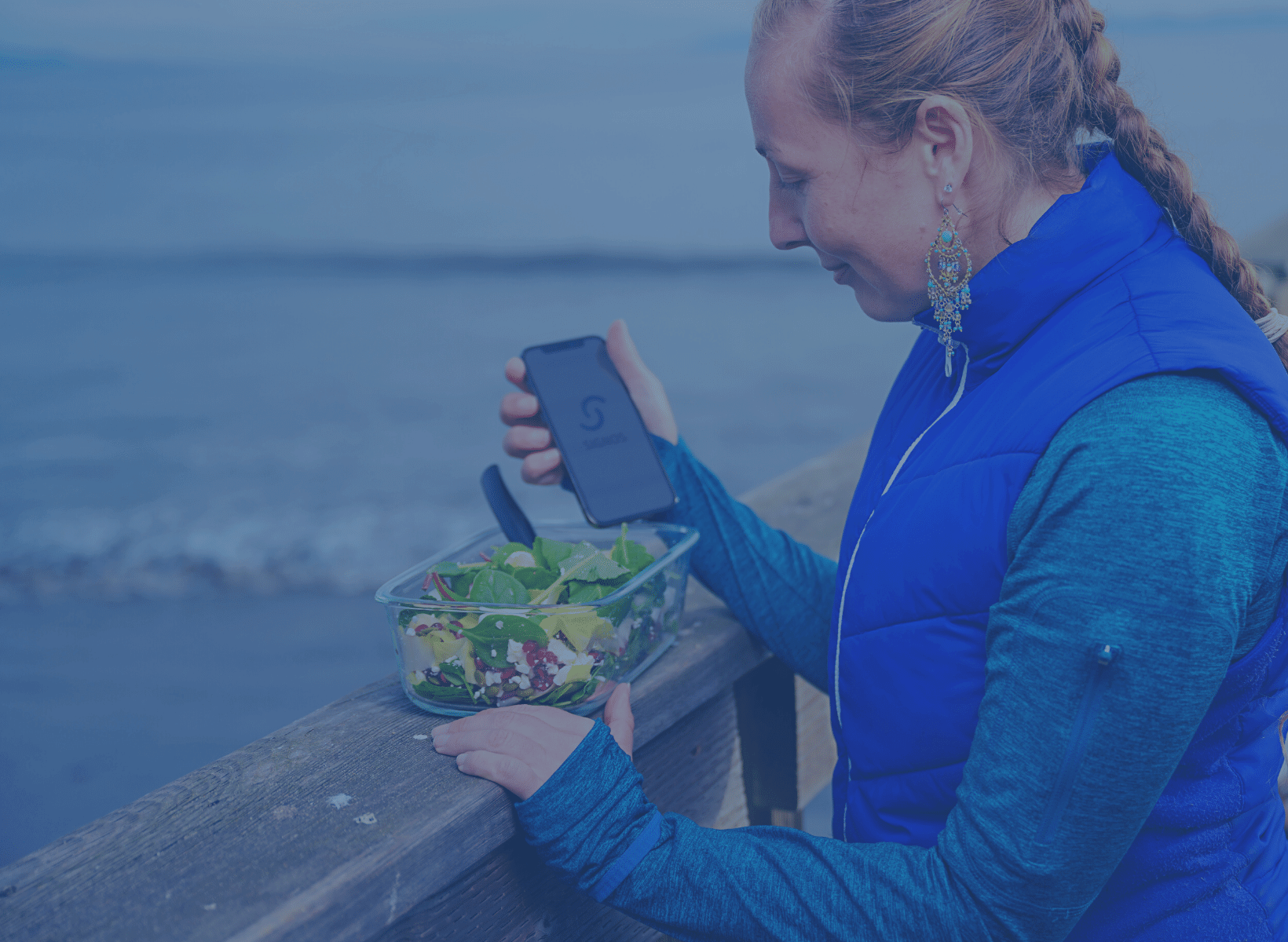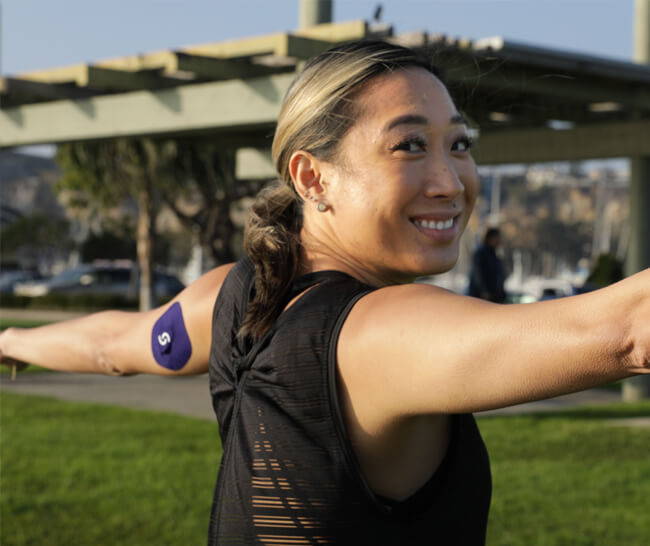Does an apple a day really keep the doctor away? Maybe, but not likely for everyone.
Many have fallen for the click bait article or YouTube video that promises we will lose weight if we just eat or drink—or avoid—“one thing.” We can default to thinking that one diet fits all, or that every human body responds the same to specific foods.
The phenomenon of applying the one-size-fits-all principle to the human body and nutrition is tempting—and it certainly works well for mass-marketing and social media algorithms.
But when it comes to the human body, the predictable one-size-fits-all approach falls flat.
What Is Bio-Individuality?
Although humans generally share much in common, such as internal organs or basic human emotions, bio-individuality recognizes that people express many differences from one another.
For instance, our genetic code shows incredible variation in each individual. Our epigenetics—the way our body switches off and on certain genes inside our cells—differ based upon our ancestors and our unique life experiences.
Even our metabolism, nutritional needs, and glucose response to certain foods vary from person to person.
The American Society for Nutritional Sciences recognizes that people have unique nutritional needs. That means that nutrition needs to be specific to a person’s individual genetic differences<sup>1</sup>.
We know that our genetics (our biological blueprint) and our epigenetics (how our genetics are expressed or suppressed) both affect how we break down sugar, protein, and fat. This plays a role in how susceptible we are to diseases like cancer, metabolic syndrome, and intestinal disorders<sup>1</sup>.
Real-World Examples of Bio-Individuality
A study of obese and healthy females showed different patterns of brain activity when watching images of high-calorie food<sup>2</sup>. The obese women demonstrated greater activity in brain regions that process reward and behavior, as compared to the healthy females.
Greater BMI was linked to greater brain activity, meaning that women of different weights respond differently to the pictures of food.
Another study of pre-diabetic men taking no medication responded in three different ways to exercise<sup>3</sup>:
- One group responded well and showed improved insulin control and glucose balance.
- Seven to 69% of the men showed no change at all in insulin and glucose control in response to exercise.
- A third group of men actually became worse at balancing insulin and glucose after exercising.
Investigators in this study noticed that the gut bacteria of the positive responders made more short-chain fatty acids, while also breaking down certain amino acids. This difference in fatty acids and amino acids from the positive responders helped improve their glucose and insulin control.
The researchers believed that genetic differences between the three response groups contributed to this<sup>3</sup>.
Bio-Individuality vs. Nutritional Conformity
We know that certain foods may contribute to common diseases like stroke, diabetes, and heart disease. Despite this link between diet and disease, nutritional approaches to improve health and wellness still largely take a cookie-cutter approach<sup>1</sup>.
Besides trying to fit everyone in the same dietary box, many nutritional approaches come with certain health drawbacks.
Examples of Nutritional Conformity
Here are some examples of the problems of nutritional conformity for certain popular diets<sup>4</sup>:
- Paleo diet, which can include eating large amounts of meat. High quantities of meat consumption have led to the development of high cholesterol, gout, and intestinal discomfort in some people.
- Keto diet, comprising low carbohydrate and high fat intake, which can lead to constipation, high lipid profile, and re-gaining of weight (after initial water weight is lost).
- Low-fat diet, which can lead to fatigue and difficulty keeping weight off.
These diets differ from one another in regard to which foods they promote—but they are all similar in that they insist on nutritional conformity by applying the same basic diet principles to everyone. They may work great for some, but definitely not for all people.
Why Bio-Individuality May Work Better Than Nutritional Conformity
Embracing bio-individuality involves tailoring nutrition for each individual. This approach is called personalized nutrition—and it may be a better approach to improving health than the one-size-fits-all approach.
Personalized nutrition centers nutritional advice around a specific plan suited for each individual<sup>5</sup>.
Two Benefits of Personalized Nutrition
Personalized nutrition offers two main benefits<sup>6</sup>:
- An individualized approach leads to more healthy food recommendations and choices.
- Personalized nutrition creates positive emotions for the person, which helps to improve motivation and follow-through. For example, a personalized nutrition plan could include food you’re already eating, but altered slightly to be more healthy as opposed to an entirely new diet that you’ll quit someday.
By taking someone’s unique biology and food environment into account (e.g. their genetics, hormones, and diet preferences), people want to—and do—eat healthier. Eating healthier can lead to better control of glucose<sup>6</sup>.
Real World Scenario Regarding Personalized Nutrition
Many people wonder why they still gain weight even though they follow a popular diet and exercise regularly.
Despite regular exercise, most of your results come from how you eat—and not from exercise.
We all feel pressure to fall into the cookie-cutter diet trap. But restriction to a certain “diet” zaps motivation and commitment. This leads to “unhealthy” choices, which can then make you feel like the exercise is getting you nowhere.
<p class="pro-tip"><strong>Learn about </strong> <a href=body-positivity-weight-loss>body positivity and weight loss</a>.</p>
Everyone’s Body Is Unique
Monitoring your glucose can help. It can show you how you respond to stress and certain foods. And it will show you that everyone’s glucose responds differently.
Watch Thomas DeLauer, celebrity trainer and health author, discuss why glucose monitoring is so important in the video below.
In an 800-person cohort study, researchers measured the glucose response as these people consumed over 46,000 meals<sup>7</sup>. They found that when some people ate a banana, they experienced a big glucose spike. However, when others ate a banana, they showed absolutely no spike in their glucose. Similar results happened with various foods, including cookies.
This seemingly perplexing result likely lies in the smallest of answers: gut bacteria.
{{mid-cta}}
The Microbiome
Bacteria live all over—and in—your body. Trillions of them. Yes, you read that correctly.
The microbiome plays a highly important role in the body, with most bacteria living in the gut<sup>8</sup>. What we eat causes changes in these small organisms—and these changes go so far as to even affect the glucose in the body.
Eating the following foods can have an effect on the microbiome<sup>8</sup>:
- Fiber
- Yogurt, due to its probiotic content
- Inulin-type prebiotics such as asparagus, chicory, garlic, artichoke, onion, wheat, bananas, and oats. These are medium and long-chain carbohydrates that feed gut bacteria⁹.
Eating these foods can mobilize your microbiome to improve both insulin sensitivity and glucose control. That’s why two people can eat a cookie and see a very big difference in their blood sugar.
While microbiome is a part of your glucose response, other factors such as physical activity or exercise, stress, and sleep all play a role as well.
Understand Your Body’s Unique Response to Food With Signos
Signos can help you understand how your body responds to food differently from everyone else. The key lies in monitoring your glucose.
A study of people with poorly-controlled type 2 diabetes showed that when they measured their own glucose several times per day, they made better food choices and their diabetes improved<sup>10</sup>.
This makes frequent glucose checking a very powerful tool for harnessing your bio-individuality to optimize your glucose levels and lose weight.
Since daily glucose checking is vital, Signos takes it a step further with a continuous glucose monitor (CGM). A CGM allows you to monitor your glucose levels and allows you to predict blood sugar responses accurately in real-time<sup>7</sup>.
A CGM allows people to catch those glucose spikes and dips after a meal. A study of people from the UK and U.S. showed that the size of the glucose dip after a meal (around two to three hours) predicts three key things that follow this drop:
<ul role="list"><li>How hungry people feel</li><li>How soon until they will eat again</li><li>How much food they will eat<sup>11</sup></li></ul>
How Blood Sugar Dips Can Block Fat Burning
When glucose levels dip between meals, the body produces a hormone called glucagon<sup>12</sup>. Glucagon plays a role in triggering the fat-burning process called lipolysis.
During a glucose dip, if we eat, this interrupts the fat-burning process by blocking the release of glucagon.
A CGM can help catch the moment when glucose begins to dip, and we can choose to refrain from eating. This gives us a vital window to trigger some fat burning.
Key Takeaways
Bio-individuality has a lot of moving parts, but remember these three key points if you want to take your health and weight loss to the next level:
- Bio-individuality recognizes that our metabolism, nutritional needs, and glucose responses to certain foods can vary greatly between people. A one-size-fits-all approach to nutrition doesn’t cut it.
- Glucose spikes and dips after eating can vary greatly from person to person, probably due to the microbiome in our gut.
- A CGM can give you a real-time window into your body’s unique glucose response to the foods you eat.
Suggestions
- Read about using a CGM for weight loss, and find out how to start the process for one.
- If you didn’t watch Thomas DeLauer’s video that accompanies this article, click here. If you already watched the video, watch it again—it’s that good! Remember to share this article and linked video with your friends and family.
References
- https://academic.oup.com/jn/article/131/2/336S/4686972
- https://www.sciencedirect.com/science/article/abs/pii/S1053811907004302?via%3Dihub
- https://www.cell.com/action/showPdf?pii=S1550-4131%2819%2930608-4
- https://www.ndtv.com/health/health-2019-from-keto-diet-to-intermittent-fasting-heres-a-list-of-most-popular-fad-diets-from-the-p-2154777
- https://www.ncbi.nlm.nih.gov/pmc/articles/PMC6081996/?report=printable#ref6
- https://efsa.onlinelibrary.wiley.com/doi/epdf/10.2903/j.efsa.2019.e170713
- https://reader.elsevier.com/reader/sd/pii/S0092867415014816?token=4A74300A8249DCD192218136639A28D53D6E38907D360FFEB64A890090C1F58D5A527FF4AC6023C5163D1ACABDB7FB09&originRegion=us-east-1&originCreation=20211229202729
- https://www.ncbi.nlm.nih.gov/pmc/articles/PMC4880177/?report=printable
- https://academic.oup.com/jn/article/137/11/2503S/4664496
- https://diabetesjournals.org/care/article/34/2/262/39162/Structured-Self-Monitoring-of-Blood-Glucose
- https://www.ncbi.nlm.nih.gov/pmc/articles/PMC7610681/
- https://www.frontiersin.org/articles/10.3389/fphys.2019.00413/full
- Item 1
- Item 2
- item 3
































